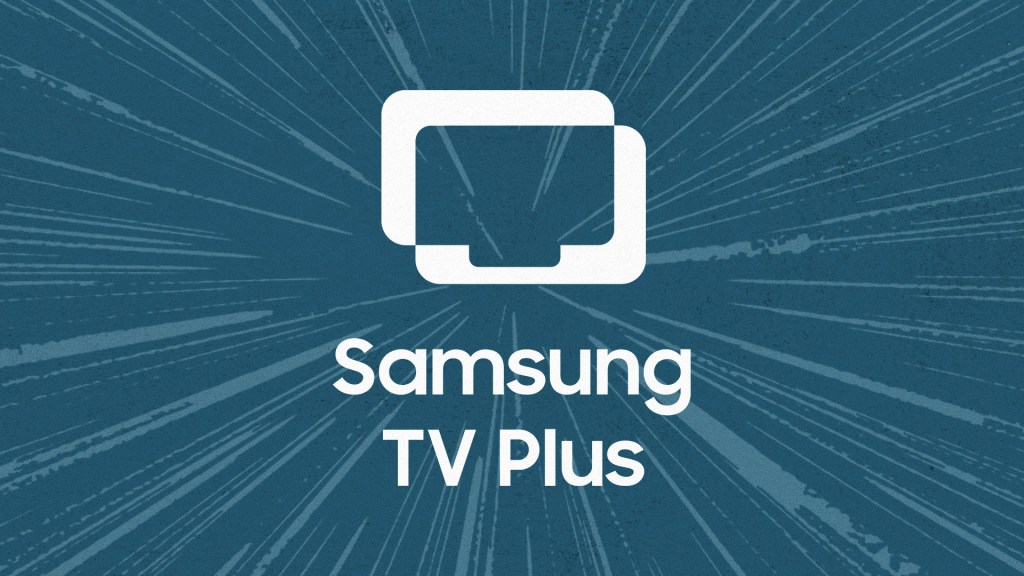Creator Funds Tarnish the $60 Billion Creator Economy
The creator economy may be booming, according to a new report pegging its revenues at $60 billion, but the creator funds at the leading social media platforms seem more incapable than ever of fairly sharing the wealth.
Earlier this month, investment bank Citi issued a rosy projection that the creator economy would reach $74 billion by 2024 at a 9% compound annual growth rate, driven primarily by ad-supported video along with a wide range of other businesses like podcasts and mobile games that are expected to grow by 26% and 39% per year, respectively.
That assorted tech giants are empowering a new generation of amateur artists by democratizing the production and distribution of content is a lovely notion, but there’s nothing particularly heartwarming about it when you examine developments in this market in March.
For the past few years, social-media platforms have used creator funds to lure content creators from their rivals with the promise of money to be made on top of the usual sponsorship dollars. But they seem more and more like empty PR stunts. Bloomberg reported last week that Spotify had spent only 10% of the $100 million diversity fund it launched in response to criticism over the platform’s $100 million deal with controversial podcaster Joe Rogan. The company is still determining qualifiable projects for the fund, per an internal memo.
Two weeks ago, TikTok’s former head of product, Sean Kim, derided the company’s oft-maligned creator fund, which relaunched last month, during a SXSW panel as an empty gesture aimed less at helping creators monetize than countering its rivals’ own funds. As Kim put it, “Platforms don’t really care if you are successful at monetization. I’ll be completely honest.”
That blunt assessment may not come as a surprise to creators accustomed to platforms offering financial incentives with amorphous metrics for success and hard caps on earn-outs. On March 9, Meta announced it would shut down its Reels Play program, which paid creators across Facebook and Instagram for short-form videos, with the company indicating it would shift to a revenue-sharing model at some unspecified future juncture. In February, YouTube Shorts introduced its own revised fund that hasn’t been received much better than its previous incarnation; the company also announced it’s a work in progress.
The shortcomings of short-form funds aren’t a new phenomenon; Snapchat reduced the size of its own reward program for its Spotlight clips last year. The way these programs are constantly opening and closing only makes these platforms seem shifty.
The money flowing through the creator economy is highly concentrated, according to the Citi report, among top-tier digital talent like MrBeast, Zach King and Hank Green — all of whom have publicly blasted creator funds in the past. Citi also estimates that “far more than 80%” of the revenues are generated by far fewer than 20% of the creators. “In short, the creator economy does not have a middle class,” notes the report, which also estimates that that there are over 120 million content creators.
Also noteworthy: Facebook, Instagram, TikTok, Pinterest, Snap and Twitter do not share any revenues with creators outside of creator funds, thus Citi does not include them in its revenue projection for the creator economy.
It’s hard not to connect the growing disregard for how platforms treat their creators with the increasing financial tumult these companies have been experiencing as the souring economy saps digital-advertising revenues. But it’s high time they got their act together like YouTube has long managed to do on the long-form video side of their platform, the gold standard in an otherwise woeful category.
Naturally, the Citi report estimates that YouTube generates half of total creator-economy revenues.









